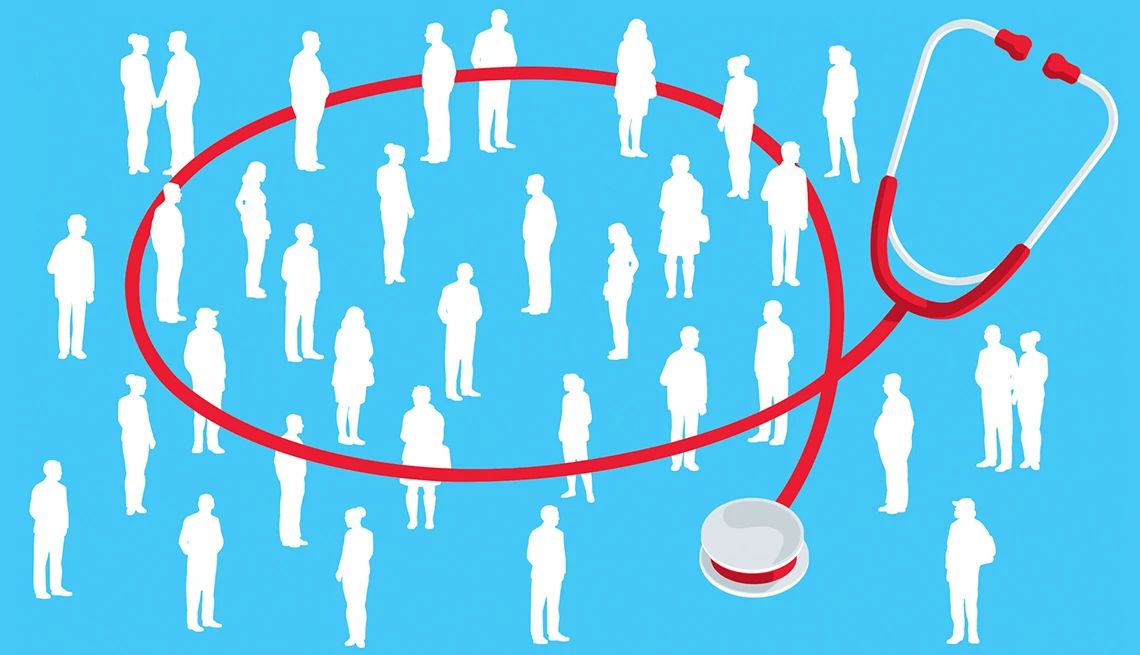AARP Hearing Center


As you get older, the term “chronic health condition” begins to crop up more often.
You may have made it through your 20s, 30s and 40s ache-free and with perfect blood work. But then your 50s hit, and you discover your blood pressure is up, your cholesterol is concerning and your knees stiffen and pop every time you stand. Once you turn 65, you are in a small minority if you don’t have a chronic condition.
An April 2025 report in Preventing Chronic Disease, a journal sponsored by the Centers for Disease Control and Prevention (CDC), found that almost 80 percent of adults ages 35 to 64, and over 90 percent of adults 65 and older, had at least one chronic health condition in 2023. Among U.S. adults age 65-plus, nearly 80 percent reported having two or more chronic health conditions.
“A lot happens as we age that predisposes us to some of these conditions,” says Kahli E Zietlow, M.D., a geriatrician and clinical assistant professor at Michigan Medicine.
Part of it, she says, is due to increased inflammation, which can contribute to a number of health conditions, including heart disease and type 2 diabetes.
“We also see things like our arteries just naturally start to stiffen with age, and that may predispose people, for instance, to hypertension. Our pancreas starts to lose some of its metabolic effect with age, and that can, in turn, drive insulin resistance and diabetes,” Zietlow adds. “So just these normal processes of aging make us more predisposed to chronic illnesses.”
Here’s a look at some of the most common health issues among older adults and how you can avoid, or at least delay, them.




































































More From AARP
Why’s It Hard for Older Adults to Quit Smoking?
Middle-aged and older adults have some of the highest smoking rates, and doctors and researchers are looking for new ways to help them stop
The 10 Worst Habits for Your Gut Health
From dietary choices to daily routines, here's what can throw off your gut
25 Surprising Ways to Live Longer
Science-backed ways to extend life expectancy